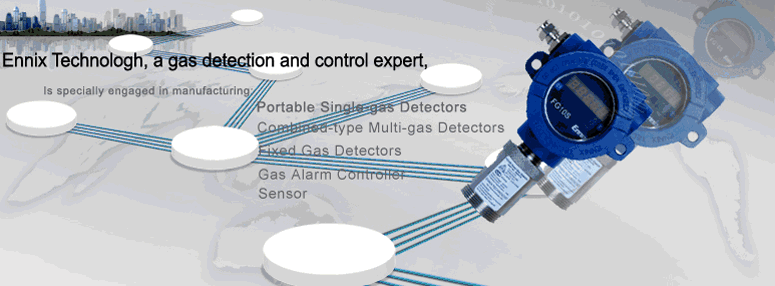|
|
|
 |
|
| |
- The instrument can be equipped with carbon monoxide, hydrogen sulfide, combustible gas and oxygen sensors in order to meet users’ different demands;
- LED display;
- Simple and convenient three-wire connection;
- The instrument adopts fault-tolerant design in order to avoid damages to the instrument due to wrong wire connections;
- The cast aluminum and stainless steel case is sturdy, durable and corrosion resistant, and the Protection Classification can be up to IP66.
|
|
Part No.
|
90006000-A1
|
|
Gas Detected
|
Combustible gas LEL
|
|
Sampling Method
|
Diffusion
|
|
Gas Sensor
|
Catalytic
|
|
Measure Range
|
0~100%LEL
|
|
Resolution
|
1%LEL
|
|
Response Time
|
Less than 30 seconds
|
|
Power Supply
|
(15~30)VDC, 80mA
|
|
Electric Interface
|
M20
|
|
Display
|
4-digit LED display
|
|
Alarm Method
|
LED graphic alarms
|
|
Signal Output
|
Analog signal: (4~20)mA, load resistance of 500 ohms
|
|
Wiring Method
|
Three-wire: power, GND, signal
|
|
Protection Classification
|
IP66
|
|
Environment Temperature
|
-20℃~50℃
|
|
Environment Humidity
|
15%~95% relative humidity (standard)
|
|
Explosion-Proof
|
Ex d IIC T6
|
|
Size
|
165mm×120mm×110mm(L×W×H)
|
|
Weight
|
1.6kg
|
|
Materials of the cases
|
Cast aluminum and stainless steel
|
|
A combustible gas is one which ignites to burn, deflagrate or detonate when mixed with air and an ignition source.
Combustion is a fairly simple chemical reaction in which Oxygen is combined rapidly with another substance resulting in the release of energy. This energy appears mainly as heat – sometimes in the form of flames.
The process of combustion can be represented by the well known
fire triangle.
Three factors are always needed to cause combustion:
1. A source of ignition
2. Oxygen
3. Fuel in the form of a gas or vapour
|
|
|
|


